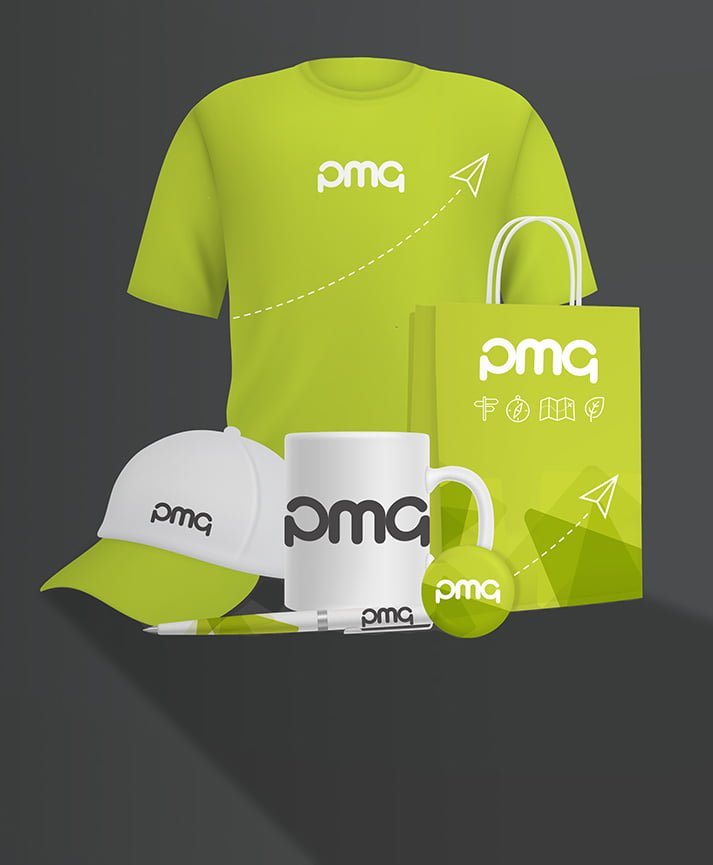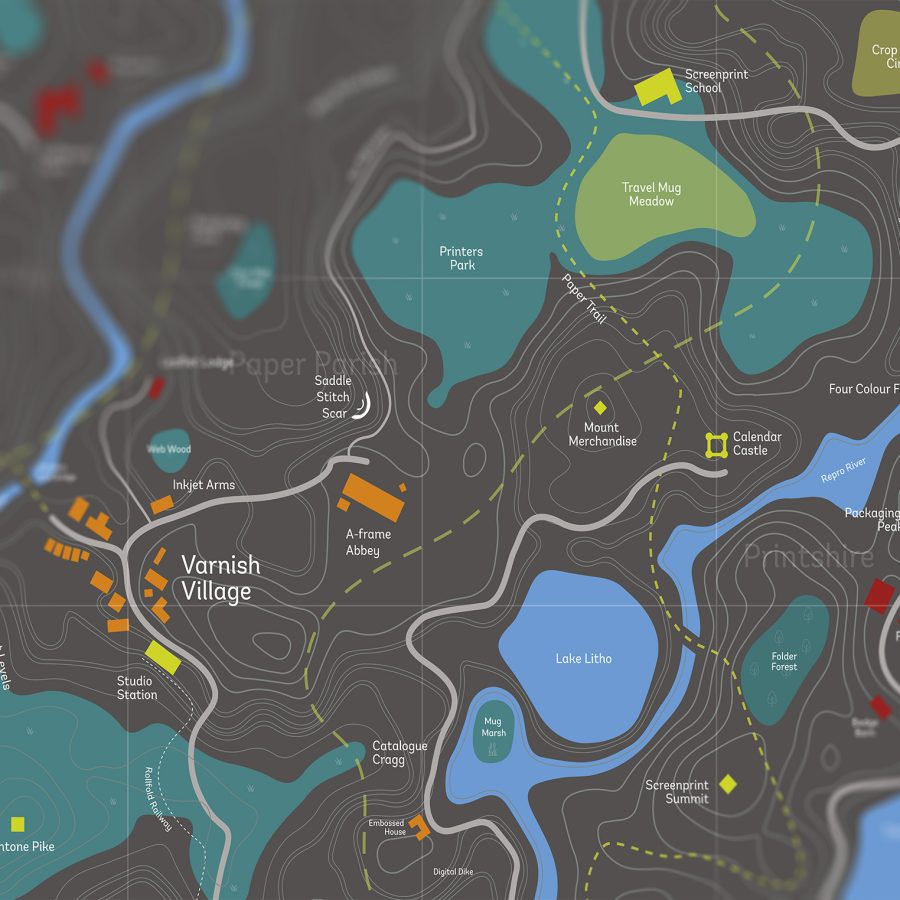
Print design is a field where art and graphic design combine. We see print design everywhere – in newspapers, on movie posters and on album art. Good design is even more important these days, as bad designs won’t just be ridiculed by those who stumble across them in real life – they can be posted to the internet and seen by millions over social media. Of course, some marketing teams may say that there’s no such thing as bad publicity, but poor print designs often give the impression that your company is unprofessional or stuck in the past. One key design element that is essential to get right is your typeface of choice. Choosing the wrong typeface for your design could completely remove all credibility from your print advert, or even make it illegible. How should you go about choosing the right typeface for your print design?
#1: Consider personality
Yes, fonts have personalities too! Comic Sans is fun and childlike, Calibri is conservative and Impact is loud and a touch tabloid-y. Ideally, you want to match the personality of your chosen typefaces with the personality of your design and your brand as a whole. If your brand is youthful and edgy, choose a font that reflects this. Remember not to get too carried away in this regard, however…
#2: Think about legibility
That really groovy font might reflect your company’s ethos down to a T, but there’s no point using it for body text if it’s illegible in full-sentence form. Don’t use heavy fonts for body text – ideally, you should look for fonts with a good amount of white space, where the letters can be differentiated from each other at a glance. You can use quirkier typefaces for headlines – as long as they’re kept short.
#3: Consider overuse
You may absolutely adore a certain typeface, but if you only noticed it in the first place because you saw another brand using it you should be careful that it’s not been painfully overused. Comic Sans is the most significant culprit here, but watch out for Lobster, Papyrus and Impact, which have taken on similar levels of infamy of late.
#4: Serif or sans serif?
During your search for a typeface or two, you’ll undoubtedly stumble across the terms serif and sans serif. Serif fonts feature small lines at the end of many of the strokes on each character. Think Times New Roman and Garamond. Sans Serif fonts don’t have these lines – think of Arial, Calibri and Tahoma as examples. Serif fonts tend to be easier to read on paper, while sans serif fonts are easier to read on screen, due to the lower DPI of screens relative to paper.
#5: Font combinations
In all likelihood your print design will feature multiple typefaces, or at least multiple fonts. Use weightier, bolder fonts as headlines – or at the very least, ensure that the body text and the headline fonts have contrasting weights. In addition, don’t mix the moods and personalities of your fonts. Using a serious headline typeface with a more playful typeface for the body text will be jarring to readers and reduce the impact of the design.
Perhaps the best advice we can offer is that you should try out many iterations of your print design before finalising it. Ask your colleagues if they think the typeface is the right choice. If they didn’t notice the typeface to begin with, that’s usually a good sign – it means that it didn’t distract them from the message of the design. For more print design tips, speak to a member of PMG’s design studio team.
















































